What to See in Fes, Marrakech, Meknes and Rabat – the Four Imperial Cities of Morocco
categories: africa travelThe Four Imperial Cities of Morocco
The four imperial cities of Morocco, Fes, Marrakech, Meknes, and Rabat, have all been capital cities at some point in history. Rabat is the current capital but, whatever the status of these four exotic locations, they offer visitors a unique insight into the lives, past and present, of their inhabitants in very different ways.
Fes
A UNESCO world heritage site, Fes is Morocco’s second-largest city and one that has retained its lifestyle since medieval times. The most exciting of the four imperial cities, Fes is made up of three towns, one of which is the walled city of Fes el Bali, where half of the people still live. A complex system of alleyways and lanes will give any visitor a peek into the past, as shopkeepers and traders go about their daily business. And here you won’t find any cars. Horses and donkeys are the main forms of transport, ferrying goods back and forward within the walls.
The best way to explore the maze-like Medina is to get, literally, lost. There are tour guides available in case the thought of wandering around this place is too much to handle alone. It’s full of people, wonderful aromas of spices, and street food at every corner to tempt those taste buds. It’s a colorful part of Fes which displays the pure essence of Moroccan culture and should be on any visitor’s itinerary.
The Merenid Tombs, located up on a hill outside of Fes are worth a look, not so much for the giant tombs themselves, but for the views over the city. There isn’t much left of the tombs, but several of the original inscriptions can still be read, so they are interesting to see from that point of view. However, hiking up the hill will offer some spectacular views of the city and the mountains, especially when the sun is setting and the lights of the city come on. It’s from this vantage point that the actual size of the medina can be appreciated.
Marrakech
Located near the Atlas Mountains in southern Morocco, Marrakech is the third-largest city in Morocco. It is comprised of two parts, the Medina and the modern area called the Gueliz, and, as with the other four imperial cities of Morocco, it’s the historical sights and sounds that visitors come to see every year.
Djemaa El Fna is Marrakech’s main square, busy any time of the day, it is during the evenings it really comes alive. Locals and tourists alike, dancers, storytellers, musicians, all merged together with the sound of drums and excited voices coming from every angle. It’s a plethora of activity which will fire up the senses. The street food is plentiful too, with incredible seafood, vegetables, and meat skewers to keep hunger at bay.
A fun way to experience life in Marrakech is to brave the souks (markets). For first time visitors it can be slightly bewildering, but going with the flow, brushing up on haggling skills, and investing in a good map is a surefire way to enjoy it. It’s easy to get lost in the narrow lanes that twist this way and that, so it might be a good idea to hire a local guide. There are different souks that sell different things like spices, kaftans, and pashminas, teapots, tea, lanterns, and candlesticks but, remember, haggle for everything. Just like Djemma El Fna, the sights, smells, and sounds will attack every sense, but it’s an adventure that won’t be forgotten in a hurry.
Meknes
Another one of the four imperial cities of Morocco is Meknes, located in the northeast of the country. It’s a vibrant, modern city, but one that is relatively bypassed by tourists in search of more popular cities in the region. However, good food, interesting attractions and a more relaxed vibe mean that Meknes is still a city worth visiting.
The city has 27 gates that lead into the walled city and the grandest of them all surely must be Bab Mansour Gate. It stands at one end of the medina and was built, not as a bastion to protect the Sultan Moulay Ismail but to pay homage to him. Indeed, the opulent structure, with its tiles of green, gold and white marble columns is said, not only to be the most splendid in North Africa but also one of the most beautiful gates in the world.
In the heart of the medina is El Hedim Square, where most of Meknes congregates in the evenings. It was a place of public announcements and punishments, but these days it is a lively place with cafes, restaurants, snake charmers, musicians and horse rides. The square has an energetic vibe and it’s a fabulous spot to sit with a cool drink and watch the world go by.
Rabat
Although home to around 1.6 million people, Rabat is the least well known of the four imperial cities of Morocco. It’s located right next to the Atlantic Ocean and the Bouregreg River, and has, in the past, been second place in CNN’s Top Travel Destination awards. And rightly so, Rabat is small, so it’s easily navigable, especially on foot, there is a wealth of history to be learned and it is a lot less touristy than other larger cities, something that is rather appealing to some.
One of the few holy places that is open to the public in Morocco is the Mausoleum of Mohammed V, and it’s one of the two most visited places in Rabat. The mausoleum is a beautiful specimen of Moroccan architecture, its sentries, dressed in bright red and on horseback, guard the remains of the king and his sons. The building is white with a green tiled roof and has ornate arches, white marble columns, and granite floors. The interior is exquisite, the doors and ceilings are decorated with carved motifs and patterns. In the middle, a granite block stands, and visitors come to pay their respects silently to the king who is interred there.
- Get an eSim to be able to use your smartphone abroad.
- Get a Car Rental
- Search for Great Tours HERE
- Buy Travel Insurance
- Book Your Accommodation HERE
- Get a universal plug adapter
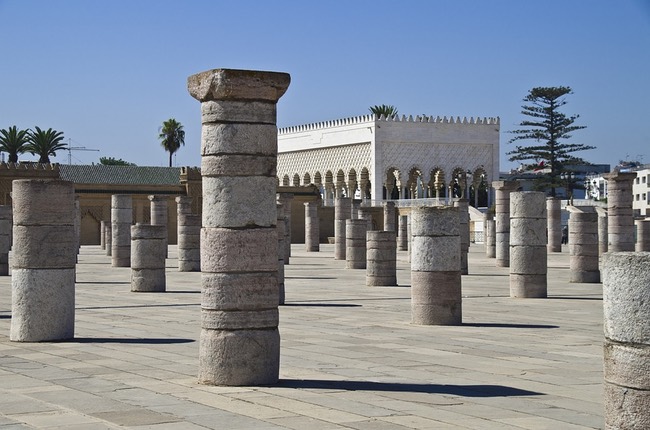
The second most visited place in Rabat is the Hassan Tower. Construction began in the 12th century and was set to be the largest minaret in the world, but when Sultan Yacub al-Mansour died, the construction work stopped. The minaret is made of red sandstone and is surrounded by the incomplete walls and columns of the unfinished mosque. It’s a nice place to spend a bit of time, wandering around the columns and enjoying the views of the sea and the city.
Whether it’s the maze-like Medina of Fes, the souks of Marrakech, the most beautiful gate in the world in Meknes, or the last resting place of Mohammed V in Rabat, one thing visitors can reply on is that the four imperial cities of Morocco have something for everyone and they will leave wanting more.

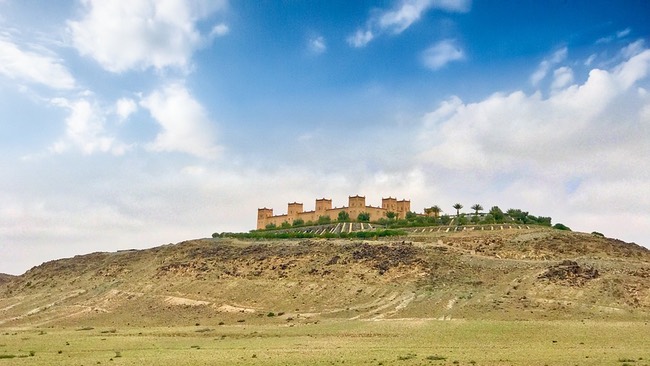



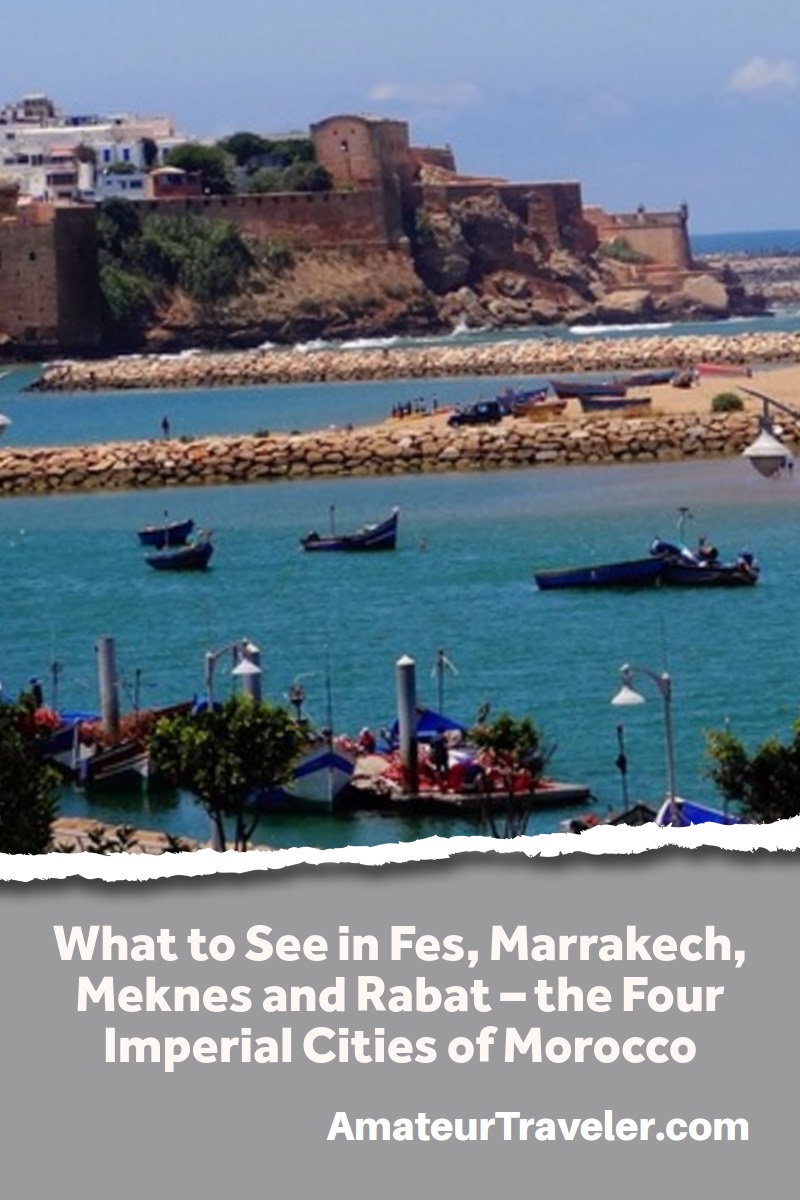
 A Guide to Marrakesh Morocco’s Food Culture
A Guide to Marrakesh Morocco’s Food Culture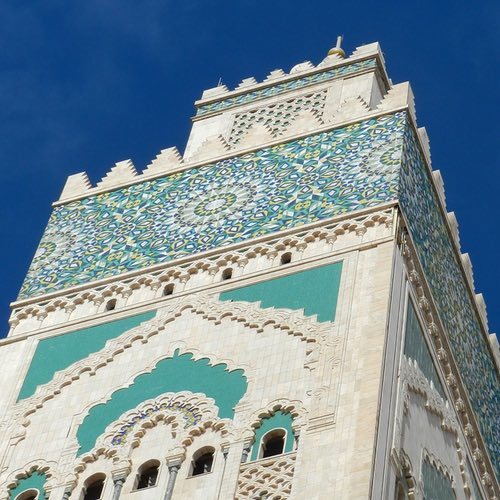 5 Best Places to Visit in Morocco
5 Best Places to Visit in Morocco Intrepid Travel Morocco – Review: South Morocco Discovery
Intrepid Travel Morocco – Review: South Morocco Discovery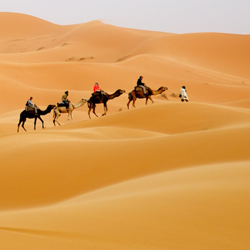 Travel to Morocco – Episode 397
Travel to Morocco – Episode 397
